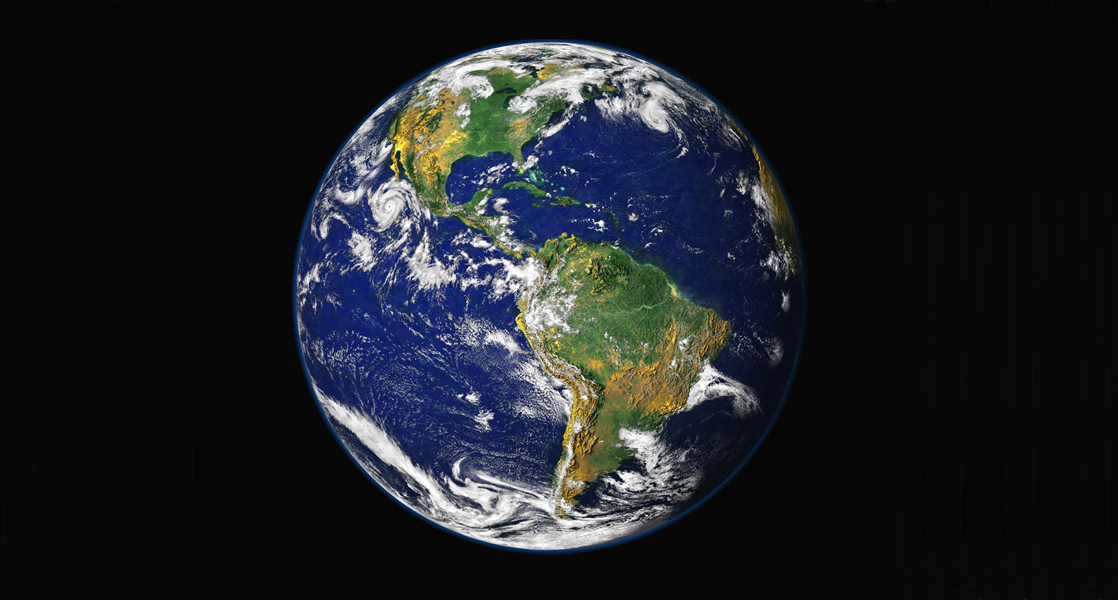
|

1.1 The study of life Read Online

Viewed from space, Earth offers no clues about the diversity of life forms that reside there. The first forms of life on Earth are thought to have been microorganisms that existed for billions of years in the ocean before plants and animals appeared. The mammals, birds, and flowers so familiar to us are all relatively recent, originating 130 to 200 million years ago. Humans have inhabited this planet for only the last 2.5 million years, and only in the last 200,000 years have humans started looking like we do today.
Question: One area of organism classification depends upon whether cells are prokaryotic or eukaryotic. The primary difference between these two groups is
Choices:
the presence of internal cellular structures
the presence of a cell wall
the presence of membrane-bound organelles
the presence of a plasma membrane
Question: A potential new organism has been discovered. Which of the following would be most conclusive in confirming it is a life form?
Choices:
detection of hydrocarbons
detection of cells
detection of carbon
detection of amino acids
Question: Escherichia coli is a common bacteria that lives inside the intestines and often ends up on fresh produce such as spinach. You remember from biology that it
Choices:
is in the domain Eukarya, has a nucleus, membrane bound organelles, but does not have an extra loop of DNA
is in the domain Prokarya, has no nucleus, no membrane bound organelles, but has an extra loop of DNA
is in the domain Prokarya, has no nucleus, no membrane bound organelles, and does not have an extra loop of DNA
is in the domain Prokarya, has a nucleus, membrane bound organelles, and has an extra loop of DNA
Question: Which of the following organelles is responsible for the reactions of cellular respiration in plant cells?
Choices:
chloroplasts
lysosomes
peroxisomes
none of these
Question: For breakfast you decide you're on a diet and eat only eggs. Eggs consist of protein. Which of the following elements are found in proteins?
Choices:
oxygen
hydrogen
carbon and nitrogen
all of the above
Question: The ability of organisms to maintain an internal environment independent of the external environment is best known as
Choices:
conditioning
homeostasis
evolution
adaption